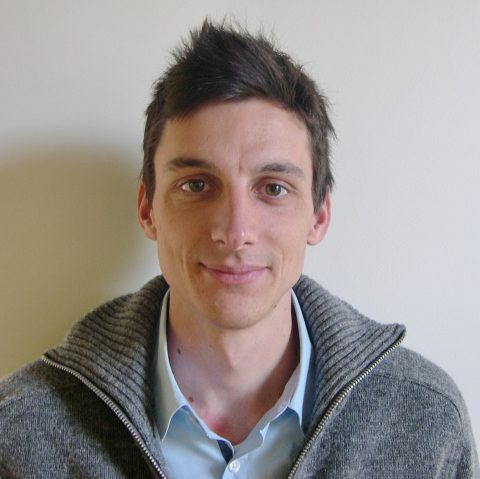Photography is a medium for us to better understand the buildings we design. It is a tool for us to document how our ideas morph from a conceptual sketch to a set of construction drawings and eventually to the built environment. More importantly, however, it demonstrates how each one of those steps, and the collective intelligence and expertise of the firm and our consultants, makes the end result possible.
Before the photoshoot at the Northeastern University Interdisciplinary Science and Engineering Complex (ISEC), I had prior experience with architectural photography in high-end residential projects. These experiences gave me a great appreciation for the complex art and professional knowledge required to execute effective photography that captures the essence of the architecture. Photos give us a visual stimuli that immediately translates material choice, spacial composition, light and user space to the viewer. Rather than capturing the home of a single family, all of a sudden the lens had to capture an entire research building for a university. The photographer had to encompass not only the architecture, but how students and professors interact with it and with each other.
We started the day by doing a thorough walkthrough of the building to get a better understanding of how we were going to display the various spaces and programmatic conditions that it fosters. For me, this was the first time in weeks that I truly had the opportunity to appreciate how the ISEC creates dynamic and collaborative research space. Helping with the punch-list had required me to view the building with a drastically different lens and a specific filter. Now the photographer, Warren Jagger, was taking away my magnifying glass and framing the auditorium in session, the social interaction in the atrium in between classes, the layering of spaces and students using the multitude of social spaces as their new home for studying.

Photo Credit: Warren Jagger
Something that I had not anticipated about the photoshoot was the amount of exercise involved. It turns out that smart-buildings are incredibly difficult to photograph. As I ran up and down the spiral staircase to turn on lights in conference rooms and lab write-up spaces, the occupancy sensors were keen to turn them back off, thus ensuring the building did not waste unnecessary energy. This became a relentless game of tag with my arms waving to trigger the occupancy sensors left and right in order to get the perfect shot.

Photo credit: Warren Jagger
In the end, my appreciation for photography only increased. While years go behind designing and erecting a vibrant and dynamic facility like the ISEC, photographers like Warren have to make due with only a couple of days to capture their essence and power. If you take away all the time required for tidying up a shot, waiting for students to get out of class and for me to frantically control the lights, the opportunity for the perfect shot is miniscule. Even so, the shots we got that day were worth our time and effort.


